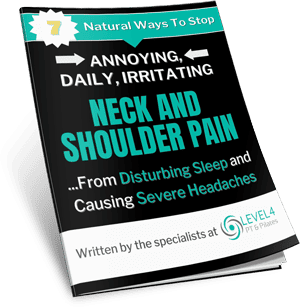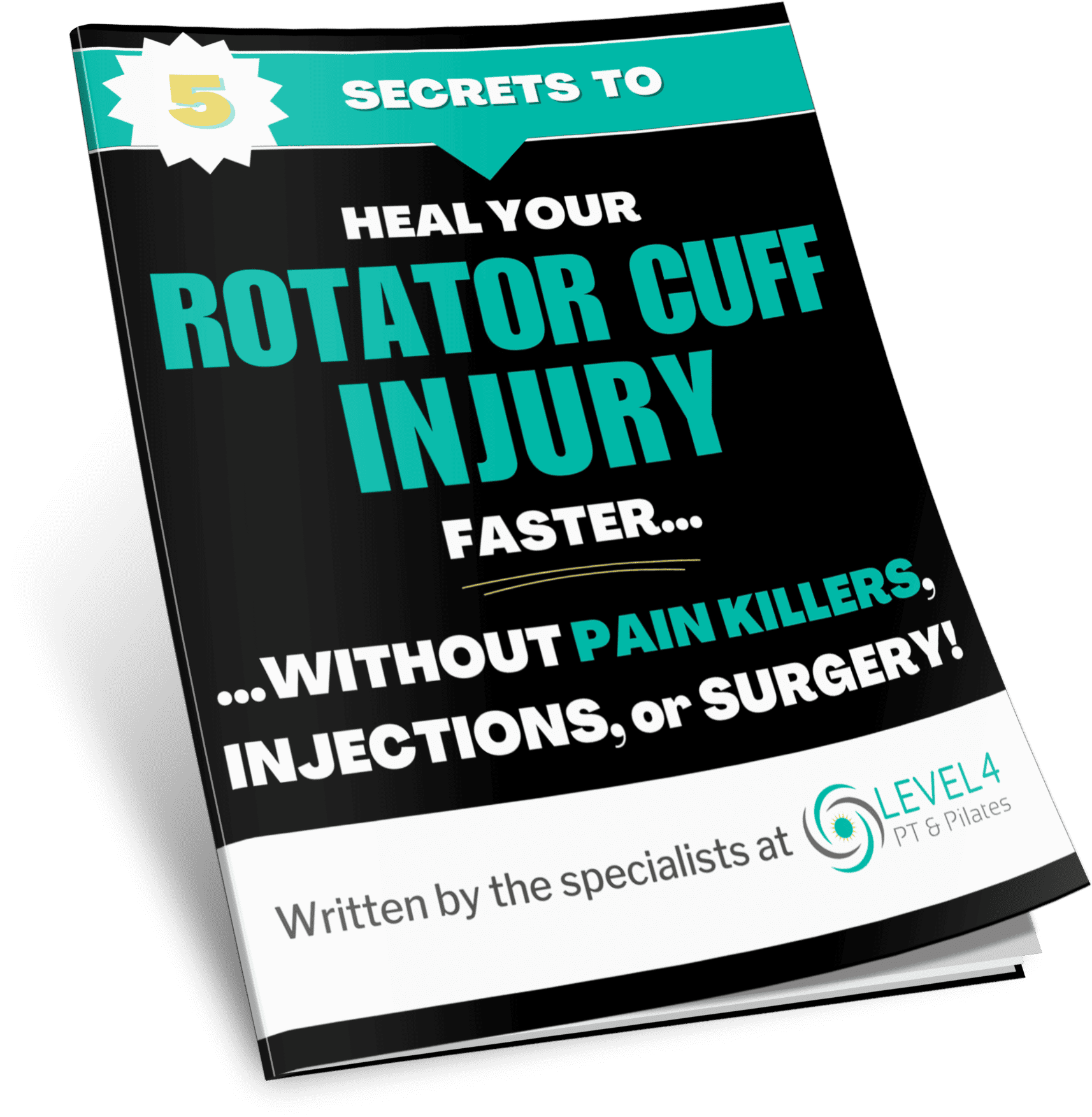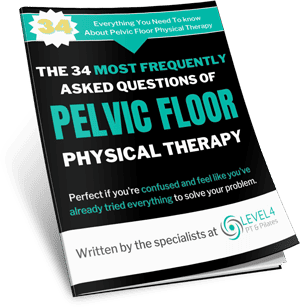Did you know that knee injury accounted for over 10 million doctors visits in 2010? That was 7 years ago, so that number has surely increased in 2017. Of those nearly 50% are from sporting injuries. But not every knee injury is a sports-related one. We had an older lady come into the clinic a few weeks back who was having chronic knee pain for over a year that kept her from going up and downstairs and made it difficult for her to enjoy the beautiful local weather with her family.
As she was telling me her story and experience with knee pain, she kept going back to how she felt like a burden to her family while walking on the beach because she could not keep up as well as she once used to. The only reason she agreed to go for the walk on the beach this last time was that her grandchildren (ages 4 and 7) had begged her to go. She did not want to disappoint them; however, she was entirely reserved because uneven surfaces scared her even more.
The largest issue with this amazing woman’s knee pain was what it kept her from doing… At one point, she even stated she could live with the pain, but holding everyone back was her biggest struggle. As we moved on to performing her examination for her knee, we realized the issue was not just her knee, but also her hips and ankles. Here are 3 of “unusual ways” (according to our client) that we indirectly addressed her knee pain.
Ankle Mobility
We assessed her squatting movements and noted there was a pretty significant limitation in her motor pattern. In fact, she could not get to what we consider neutral in her ankles (her foot was more pointed downward due to years of wearing heeled shoes and reaching her feet toward the floor while sitting in chairs). So, our first course of action was to increase her ability to dorsiflex (toes up) her ankle so that she could have a more normal squat.
Click HERE for the video on one of the ways we helped her to increase ankle mobility to improve your squat.
Click Here To Get The Free Knee Tips Guide
Hip Stretching
We also noticed that her muscles around her hip were very limiting and did not allow her hip, knee or ankle to move through their full range of motion. Consequently, this muscle tightness can cause a lot of joint compression to her knees, hips and ankles. Not only that, but tight muscles also become weaker muscles because they are meant to produce strength in a particular range. So having tight muscles make those same muscles weaker… And that isn’t usually good for functional movements, like stairs, squatting or walking.
Click HERE for the video to see another exercise we did to increase her quad/hip flexor mobility to decrease joint compression.
Hip Strengthening
The hip abductors are on the side of the hip and stabilize the hip and indirectly control the knee joint. And these muscles are instrumental for lower extremity movement and control. The inability of these muscles to fire coordinately with bigger leg and core muscles can lead to all sorts of problems.
And upon a movement screen, we recognized that her squatting mechanics, which also caused her pain, were a problem. Further exams later identified that her hip abductors (glute medius/minimus) were half the strength of where she should be. So we immediately began strengthening them and progressed her as appropriate.
Click HERE for the one of the exercise videos we used to help to functionally strengthen the hip abductors.
How are these “unusual?” What does all this mean for knee pain?
So over the next 6 visits with this woman, we were able to increase her ability to squat, negotiate stairs and navigate uneven surfaces, like the beach with her family, with a tremendous decrease in her reported pain and increases in confidence, speed and strength. She continuously conveyed to us that these exercises seemed so “unusual” because they didn’t directly target her knee, but yet everything she initially had difficulty doing was getting better. But, in fact, they did! And that was still mind-blowing for her!
Finding a movement specialist that can assess how you perform activities and specifically target your problems is the best way to address, and even prevent, so many common knee injuries. What seems so common to the rehab community is uncommonly known to the public (and hence this client’s “unusual” perspective).
If you have friends and family that have difficulty doing activities of daily living or are unable to perform like they once did (gym, hiking, carrying objects) and they are looking for a place to start, these may help. Do realize that these are not always the cause for knee pain and that you should get yourself looked at by a physical therapy specialist to be sure the right issues are being appropriately addressed. We want everyone to remain active and participate in the activities that bring meaning to their lives. We want to help you SURPASS YOUR LIMITS!
Dedicated to your health,
Dr. Oscar, DPT, STC, MTC, CSCS, SFMA
- Can Physical Therapy Help My Muscles After Having Covid? - January 26, 2022
- The Real Story Behind What’s Causing Your Sciatica - August 30, 2021
- Should I Have Surgery to Repair a Tear in My Rotator Cuff? - February 9, 2021


















